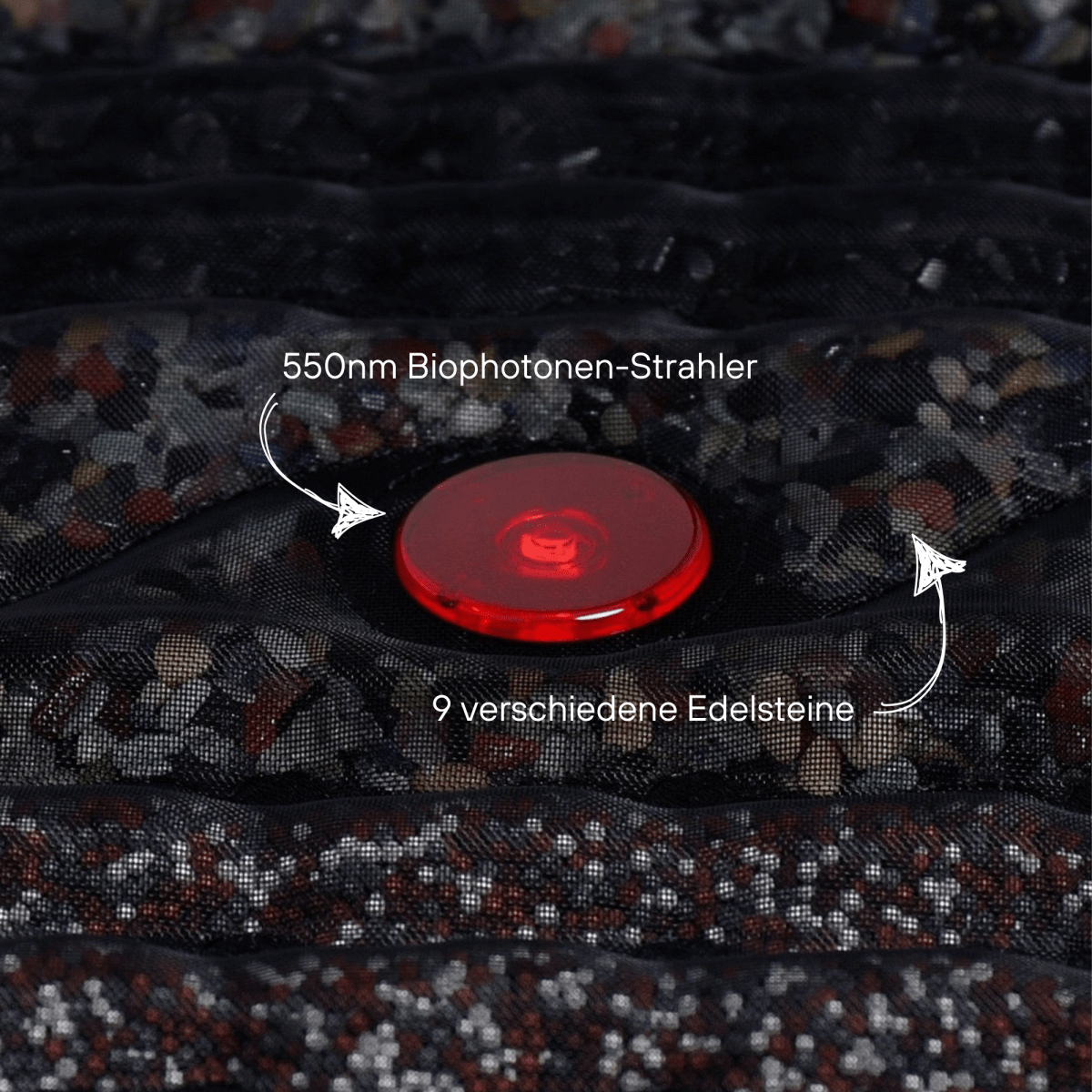Electrosmog: Why we should protect ourselves from invisible radiation
The history of electrosmog goes back to the discoveries of electricity and magnetism in the 19th century. In 1820, Danish physicist Hans Christian Ørsted discovered that electric currents can create magnetic fields. This led to the discovery of the electromagnetic spectrum, which includes all types of electromagnetic waves from radio and television signals to X-rays and gamma rays.
Cell phones and other wireless devices began to appear in the 1940s. These devices emit electromagnetic radiation known as electrosmog. Initially, the health effects of electrosmog were not known and there were no regulations or guidelines for protecting people from this type of radiation.
In the 1960s, however, concerns about the health effects of electrosmog began to develop. An important study in this area was conducted by the Russian biophysicist Zorach Glaser, who hypothesized in the 1970s that electromagnetic fields could increase the risk of cancer.
In the 1990s, the effects of electrosmog on health were increasingly examined. In 1996, the National Institute of Environmental Health Sciences published a report indicating that electromagnetic fields generated by electronic devices could potentially cause health effects.
What are the consequences of electrosmog for our health and how can we best protect ourselves from the possible effects?
Effect of electrosmog on our health:
The effects of electrosmog on our health are a controversial topic, as there are still no definitive scientific studies that can prove that electrosmog is harmful. However, there are some studies that indicate that electrosmog can have negative effects on our health. These effects include:
- Sleep disorders: Electromagnetic radiation can disrupt our sleep patterns, which can lead to sleep disorders.
- Headaches: Some people report headaches or migraines when they are around electronic devices for a long time.
- Difficulty concentrating: Electrosmog can also impair concentration and lead to general unrest.
- Cancer risk: Some studies have indicated that long-term exposure to electrosmog can increase the risk of cancer. However, these results are inconclusive and further research is needed.
Protection against electrosmog:
There are several steps you can take to protect yourself from electrosmog. Here are some suggestions:
- Reduce exposure: use electronic devices only when absolutely necessary and keep away from them when not in use. Make sure you turn off your phone and other devices at night, or at least keep them in another room.
- Use low-radiation devices: Buy low-radiation devices and use headphones to keep the radiation away from your head.
- Use a shield: Use a shield for your bed to block electromagnetic radiation.
- Spend time in nature: Spend time in nature to recover from electromagnetic radiation.
- Use plants: Some plants like bamboo or rubber tree can help reduce electromagnetic radiation.
In view of the potential risks of electrosmog for our health, it is important that we use our electronic devices more consciously and learn about measures that we can take to protect ourselves from possible effects.























































